Harvard International Roundtable Symposium on Studying and Teaching Written Chinese, Harvard UniversityOn February 18th, 2006, the Chinese Language Program held a Harvard International Roundtable Symposium on Written Chinese Language, sponsored by CCK Foundation and Harvard-Yenching Institute. Ten leading scholars in the fields of Teaching Chinese as a Second Language, Chinese Linguistics, Chinese Philology and Chinese Literature were invited to give presentations on studying and teaching written Chinese. Professors Jianming Lu of Beijing University and Xiliang Cui of Beijing Language University emphasized the current needs for teaching written Chinese in the field of L2 teaching, both academically and pedagogically. Professors Ning Wang of Beijing Normal University, Hongjun Wang of Beijing University, and Dan Xu from France addressed the historical origin, formation, definition and formal features in modern writing. Professors Zhen Ma of Beijing University and Rou Song of Beijing Language University compared distinctive morphosyntax features of between written and spoken Chinese. Professors Perry Link from Princeton University, Cornelius C. Kubler from Williams College, and James Pusey from Bucknell University accordingly shared their valuable personal experiences of studying written Chinese, especially the obstructions encountered when learning formal written Chinese as non-native speakers. The second part of symposium was to examine and evaluate some new research results, i.e., A Manuel for Written Chinese Expressions, and the newly compiled textbook, i.e., Written for the Truth: Formal Writing and Speaking. Some scholars considered the new work a breakthrough in the field of linguistics and that of teaching Chinese as a second language. Comments provided by the invited speakers are mainly focused on the linguistic definition of written forms, and pedagogical application of the theory of Prosodic Morphology and Prosodic Morphosyntax developed at Harvard, such as, the Monosyllabic Words used in a Disyllabic Template, Disyllabic Couplet, and Quadrosyllabic Template. The significance of the symposium lies obviously in the fact that with the rapid increase of the number of students enrolled in studying Chinese language at Harvard and elsewhere, Chinese teachers face more challenges of how to acquire and teach Written Chinese language. This symposium will definitely help not only complete the Manual for written Chinese expressions and publish the fifth year textbook (Writing and Truth), but also motivate more research on these topics in the future. Public Lecture and Q&A with Meng Jinghui, Harvard UniversityHarvard professors David Wang and Eileen Chow partnered with Tufts professor Claire Conceison (an associate in research at the Fairbank Center) to invited Chinese director Meng Jinghui to speak at Harvard. Meng Jinghui's plays blending political satire and popular entertainment have transformed the theatre world in China, and his reputation is growing in the international arena. The talk on April 6, 2006 was attended by approximately 20 people with varying degrees of familiarity with Meng’s work. Meng spoke for over one hour, with translation by Zhang Fang (also a guest invited by Wang, Chow, and Conceison), followed by a very engaging question-and-answer period about Meng’s career, the state of avant-garde artists in China today, and this particular production of Meng’s play in the US in particular. Traveling Chinese Literatures and World Imaginations International Workshop, Harvard UniversityOn April 15, eight renowned writers from different parts of the world—Taiwan, Hong Kong, Malaysia, and the US—met in Cambridge for an international workshop cosponsored by CCK Foundation Inter-university Center for Sinology and the Department of East Asian Language and Civilizations at Harvard University. At times intellectually stimulating and others emotionally moving, the writers shared with the audience their life and traveling experiences and how such experiences were reflected in and helped shape their writings throughout their career. Nieh Hua-ling started the workshop with a vivid recount of her childhood experience in Wuhan, Hubei. Li Yu's story of her own struggle through bereavement was heartfelt. Each writer offered his or her insights on the theme of the workshop in regards to linguistic, cultural, and gender issues. The audience, especially students at Harvard who have previously read various writings by the writers, were most excited and inspired by this event out of which casual yet constructive dialogues sprung. Sinophone Literature: Literary Writing and Geopolitics International Workshop, Washington University in St. LouisOn April 16, 2006, the Visiting East Asian Professionals Program (directed by Professor Robert Hegel) and the Department of Asian and Near Eastern Languages and Literature at Washington University and the St. Louis Chinese writers’ association welcomed four celebrated Taiwan and Malaysian writers-- Shi Shu-ching, Ping Lu, Luo Yijun, and Li Zishu. A Roundtable on “Sinophone Literature: Literary Writing and Geopolitics” was held at Washington University in St. Louis on April 18, 2006. Two additional writers, Qiu Xiaolong (abest-selling mystery novel writer in the US and Europe) and Leslie Su Cheng (an essayist, book critic and short story writers in the US, Taiwan and China) were also invited to join the roundtable. Professor Lingchei Letty Chen moderated the discussion. The panelists represent different geographical locations, multiple cultural positions, and bilingual writing. These writers’ works best represent the idea and vision of “sinophone literature.” Taiwan Literature and Beyond: Four Writers on the Fictions of Literature and the Realities of the Taiwan Literary Scene, UCSB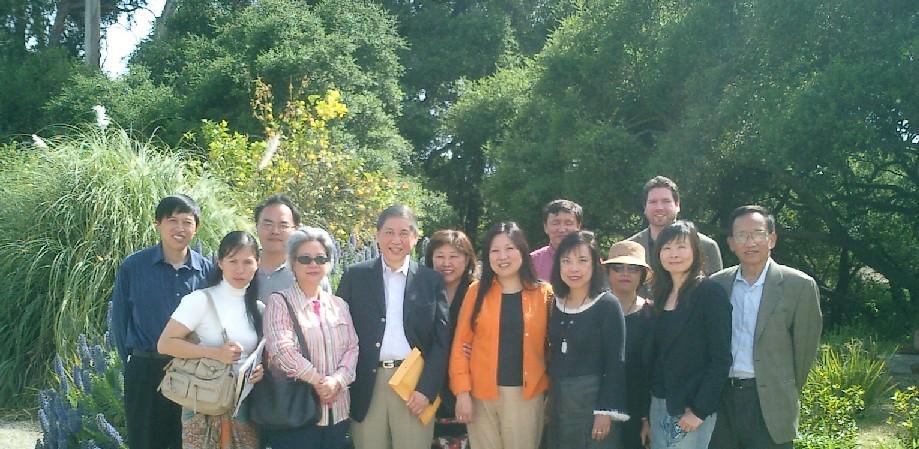 On Thursday, April 20, 2006 four of the most exciting and dynamic practitioners of Chinese-language fiction – Shih Shu-ching, Ping Lu, Luo Yijun, and Li Zishu – made a rare visit to the University of California, Santa Barbara (UCSB) to discuss their creative work and the transformation of the Taiwan literary scene over the course of the past three decades. The writers came from all over the world, representing the diversity and richness of Chinese fiction in the 21stCentury. The program title, “Shih Shu-ching, Ping Lu, Luo Yijun, Li Zishu: Four Writers on the Fictions of Literature and the Realties of the Taiwan Literary Scene,” captures the two main lines of inquiry explored during each writer’s presentation – the writing process and the challenges of the publishing market in contemporary Taiwan. The event was moderated and coordinated by Professors Michael Berry and K.C. Tu of UCSB and featured special guest, UCSB Professor Emeritus Kenneth Pai Hsien-yung, who delivered a penetrating response to the four presentations. Renowned author of such books as Taipei People and Crystal Boys, Professor Pai eloquently tied the writers’ reflections together in a tour de force that deftly traveled from commentary on Ping Lu’s Love and Revolution: A Novel About Song Qingling and Sun Yat-sen to childhood reminiscences about meeting Song Qingling in Shanghai on Easter Sunday, 1947. The event was presented by theCCK Center for Chinese Studies in conjunction with the UCSB Center for Taiwan Studies, the Department of East Asian Languages & Cultural Studies (UCSB) and the East Asia Research Focus Group (UCSB). Reconfiguring Forms, Genres, and Social Space in Modern China, Harvard UniversityThe workshop “Reconfiguring Forms, Genres, and Social Space in Modern China” took place on April 29 and 30, 2006 at Harvard University. The workshop, co-organized by Mingwei Song and Shengqing Wu (An Wang postdoctoral fellows, Harvard University), was generously funded by the Chiang Ching-kuo Foundation for Inter-University Center for Sinology and the Fairbank Center for East Asian Research at Harvard University. The workshop was comprised of six panels that covered a wide range of topics related to the late Qing and early republican Chinese literature and culture. Enthusiastic discussions were devoted to the topics such as the transformations of traditional literary genres (classical poetry, ci, guwen, and Peking opera), the rise of new cultural forms, and the changing paradigms of the field. The participants included distinguished Harvard professors such as Patrick Hanan, Wai-yee Li, Stephen Owen, and David Wang as well as some of the leading scholars in the field of modern Chinese literature in the US (Ted Huters, Ban Wang, and Ellen Widmer), four scholars from overseas (Ping-hui Liao, Michel Hockx, Sheng Yongbao, and Yuan Jin), and a number of junior professors and graduate students. The workshop took on the issues of form and genre as productive critical categories with which to approach Chinese literature during the late Qing and early Republican eras. It has examined such questions as: What aesthetic and literary changes occurred in the traditional poetic, prosaic and performing genres as they continued to evolve during the 20th century? What are relationship between form, gender and cultural production? What are the ideologically charged contradictions and contestations between the indigenous and the newly translated forms? In what ways the new forms were imbricated with the imagination of a new China and the formation of the multifaceted social space. The participants enthusiastically concluded that the workshop shed light on the issue of alternative conceptions of Chinese literary modernities and would have impact on the field of modern Chinese literary study in the years to come. Intersections: Chinese Visual Art and Poetry in Global Context, Pacific Lutheran University The Intersections was a program held at Pacific Lutheran University and on the campus of the Tacoma School of the Arts in Tacoma Washington on May 5 and 6, 2006. The focus of the program was contemporary art and poetry in China. The day program (Saturday, May 6) brought together scholars, writers and artists from North America, China, Canada and Taiwan to exchange views, compare notes, and engage with the audience. The format of presentation and discussion was to have two keynote addresses followed by a serious of panel discussions. The first keynote, concerning contemporary poetry, was delivered by Michelle Yeh (University of California, Davis) and addressed issues concerning Chinese poetry in Mainland China, Taiwan and other locations since 1990. The second, focusing on art in Mainland China with a particular focus on the high-stakes marketing in the visual art world of just the past few years, was delivered by Shen Kuiyi, of the University of California, Santa Barbara. On two evenings (May 5 and May 6), poets, also part of the panel discussions during the day program, read from their recent works in Chinese with English-language translations provided by students at Pacific Lutheran University. The program concluded with a banquet for all involved. Early China Seminar, Columbia UniversityProfessors Li Feng 李峰 of Columbia University and David Prager Branner [林德威] of the University of Maryland served as co-Chairs of the Columbia University Early China Seminar again this past Spring. The Seminar has been unstintingly supported by the CCK Foundation, thanks to which it has become the premiere venue for the study of Early China on the East Coast of the United States. West Coast institutions have dominated traditional sinology in America since the 1980's, but the Seminar was founded with the intention of reversing that trend. The Seminar held two meetings, presenting 5 papers, during the Spring semester. As has become customary, a variety of fields were represented, encompassing linguistics, archaeology, oratory, ritual, the reconstruction of historical cartography, and architecture.
On 4 February, 2006, Dr. William Boltz of the University of Washington, Seattle, spoke on" Archaeology and the Origin of Chinese Writing" and Dr. Ken-ichi Takashima of the University of British Columbia spoke on "Some Linguistic Aspects of the Shang and Early Western Zhou Bronze Inscriptions". 30 scholars (representing 17 institutions) were present. The Boltz paper offered new thoughts on the historical development of the Chinese script, relying on native Chinese archaeological evidence and comparison with Egyptian, Mesopotamian, and Indus Valley evidence. Lively audience discussion highlighted the absence in the Chinese case of historical documents for the period of proto-writing, with many observations about the function and origin of the ganzhi 干支system and the intended audience(s) of the earliest ritual inscriptions. The Takashima paper proposed to treat Shang oracle bone (OBI) evidence as much as possibly on its own terms rather than within linguistic and ritual frameworks established in later millennia, concentrating on grammatical functions of the word zuo 作 in OBI from the late Shang. Takashima sees this morpheme as a causative marker in cases where it precedes a verb or verb phrase. Audience discussion led to wider examination of the problem of relating causation to the use of particles such as yong 用that are sometimes considered to imply ellipsis of a resumptive pronoun. On 22 April, 2006, there were presentations by Dr. David Schaberg of the University of California, Los Angeles ("Orational Training in Early China"), Dr. Agnes Hsu of Brown University ("Revisiting the Mawangdui Maps: A GIS Approach"), and Dr. Jiang Bo 姜波of the Institute of Archaeology, Chinese Academy of Social Sciences ("西漢長安城的禮制建築 [Ceremonial Buildings in Chang'an, Capital of the Western Han Dynasty]", delivered in Chinese). 22 scholars (representing 13 institutions) were present. Schaberg's presentation was a series of extracts from Han and pre-Han texts describing whatever oratorical practice might be considered attested in the late Warring States and Han. Schaberg used these extracts to explore intended functions of oratory and speculation how people learned to practice it. Much of the subsequent discussion concentrated on the citation of the Shijing 詩經in oratory and the relationship of oratory to fu 賦. Hsu's paper described reconstruction of the several discrete layers of meaning and historical documentation in the 2nd century B.C.E. "garrison map" found at Mawangdui 馬王堆. Applying Geographic Information System (GIS) technology, Hsu showed that this map can be connected to a historical battle between the Nanyue 南越 and the Han, and that it combines information about several distinct phases of the battle, from which pre battle tactics and some population movement can be reconstructed. Much of the discussion centered on importance of maps to their owners and users during this era, and on the practical processes of reading using a map. Jiang's paper examined the relationship between the structures and functions of major temples and altars (such as the Mingtang 明堂, Biyong 辟雍, Lingtai 靈台, and Taixue 太學) of Han-era Chang'an, based on recent excavations. Much of what has been unearthed confirms records in historical texts, although there is also evidence that some structure shad varying locations in different periods within the Han. [report by David Prager Branner, 2006.05] Comments are closed.
|
Archives
September 2020
Categories |

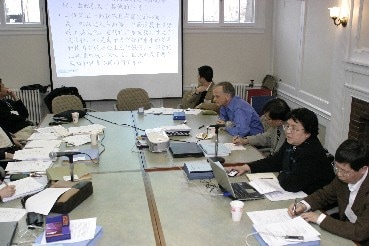
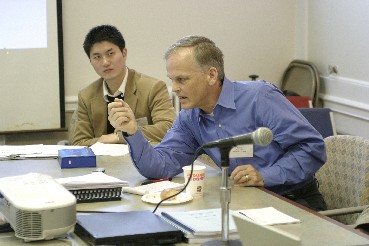
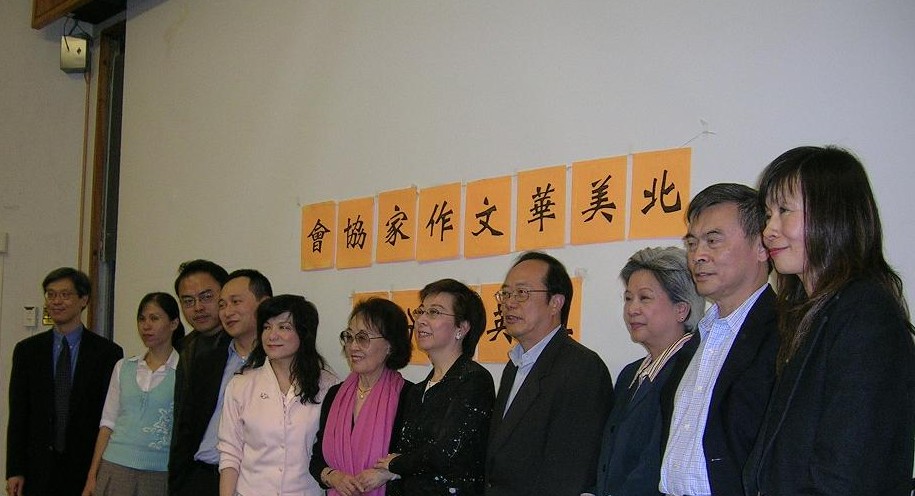
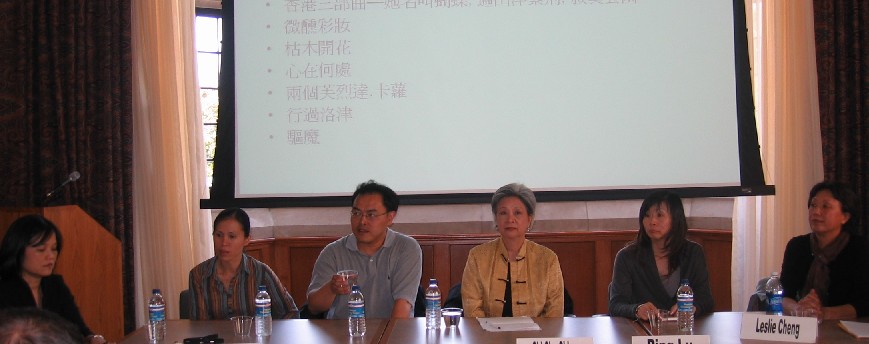
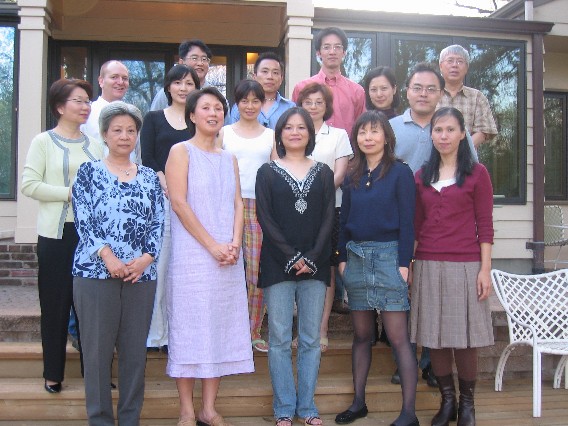
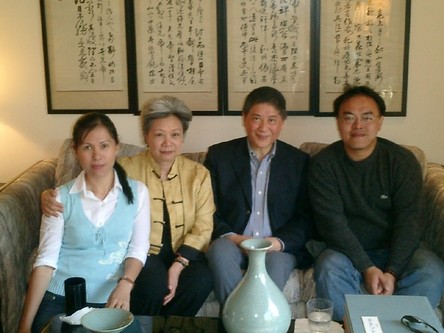
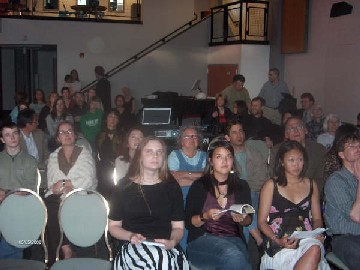
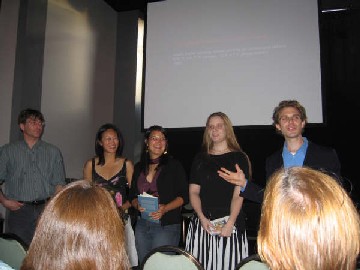
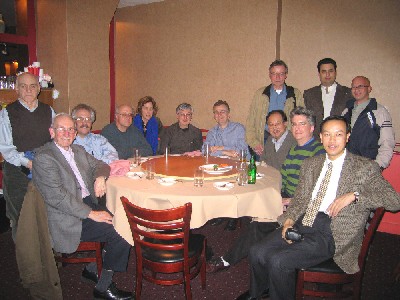
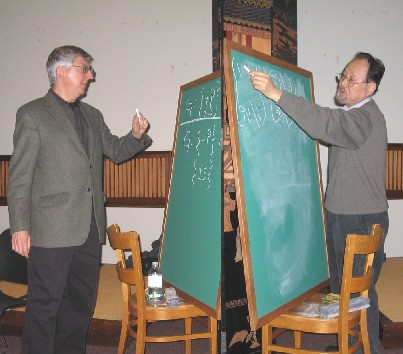
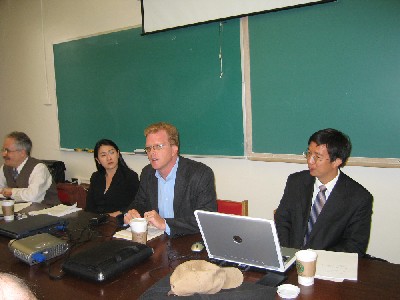
 RSS Feed
RSS Feed